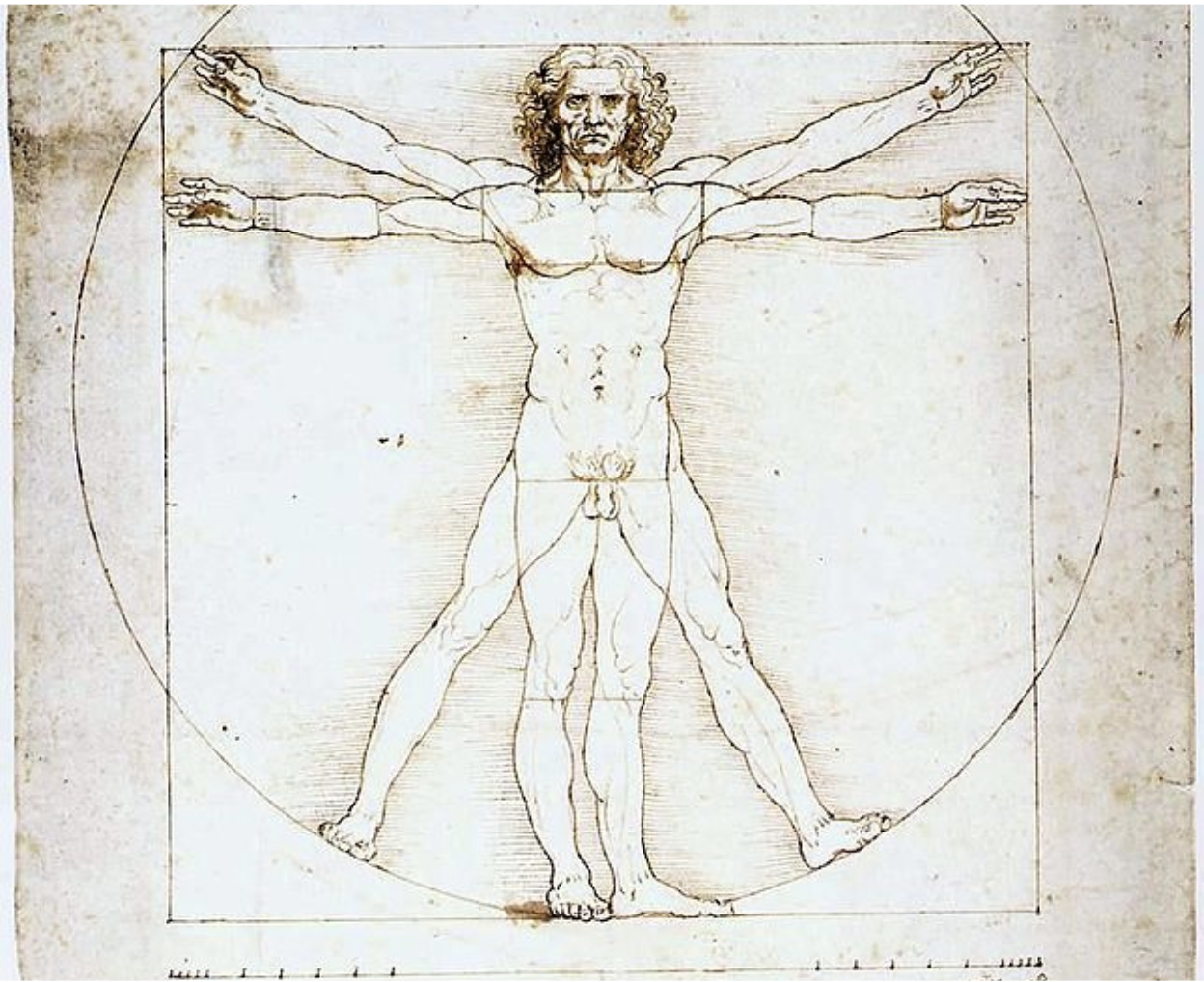Can drunkenness ever be holy? Brady examines the employment of drunkenness as a motif for both spiritual admonition and encouragement in the writings of the Church Fathers and the visual propagation of these teachings through early modern depictions of Noah and His Sons.
Widely considered one of the most iconic artists of the Art Nouveau style, Czech artist Alphonse Mucha has received countless accolades for his unique approach to painting, which combines warm tones, fluid strokes, and mystic themes into a melange of modern style and traditional elements. From commercial posters for brands and ballet shows to delicate paintings celebrating and unifying the Slavic identity, Mucha´s works cover a wide spectrum of themes and subjects.We will look at some of Mucha's most notable works, including The Slav Epic and the poster he created for the ballet Giselle put on by the Ballets Russes. These works represent his effort to unite and honor the Slavic identity through painting.
In The Slav Epic, a series of 20 monumental canvases that took more than 18 years to complete, he presents the Slavic identity through shared history and culture. From the arrival of the Slavs in the Balkans to the reign of King Wencelas, he showcases significant events in the Slavic history through his unique strokes and usage of color. The mythological and allegorical elements in the series emphasize the idea of unity In The Celebration of Svantovit, he portrays the attendance of various Slavic tribes at one pagan festival. Through the depiction of figures wearing traditional Slavic clothing as well as joyfully dancing, singing, and celebrating together, he delivers the idea that despite their differences, the Slavic people are capable of unifying under their common cultural heritage. Mucha blends and balances the elements of nature, spirituality and mysticism to promote the solidarity of the slavic peoples and celebrate Czech cultural heritage.
Often featured in commercial posters, the female characters in Mucha´s works appear elegant and alluring while retaining a sense of innocence and purity. One of the key features in his depictions is the use of organic, flowing lines. With long, flowing hair cascading down, he conveys a sense of natural innocence and grace. His use of symbolism through natural elements and religious symbols further deliver the effect of spiritual purity. Flowers, birds, halos, and crosses form a melange of spiritual innocence and grace. Mucha received commissions to create posters for the Ballets Russes, and he used his art nouveau style to bring new light into ballet scenes and characters. His works showcase the beauty of classical ballets, like Giselle, and the dynamics of Russian ballet in a distinct and elegant manner.. The female figures in Mucha´s works establish a stark contrast with the sexualized and objectified images of women in popular culture during his time, offering a refreshing, empowering, and graceful approach to the depiction of women in both popular culture and art. Rather than portraying women as objects of desire, Mucha paints them as muses and goddesses embodying divinity and ethereality. Combining the calm and confident facial expressions with the inner qualities of wisdom, creativity, and strength, Mucha’s female characters celebrate the strength and independence of the feminine, challenging the traditional gender stereotypes. The way Mucha paints hair is one of the most unique features of his work. He combines fluid and thick strokes to create a balance of tranquility and movement. Along with the rich texture and warm tone, the intricate braids and curls appeared as if they were floating in a breeze, contributing to the sentiments of the work.
In his distinctive style of art nouveau, Mucha successfully promotes ethnic unity and female empowerment through a democratized version of visual art. His posters and paintings continue to impact artists of today as both a visual guidance and a spiritual inspiration.





